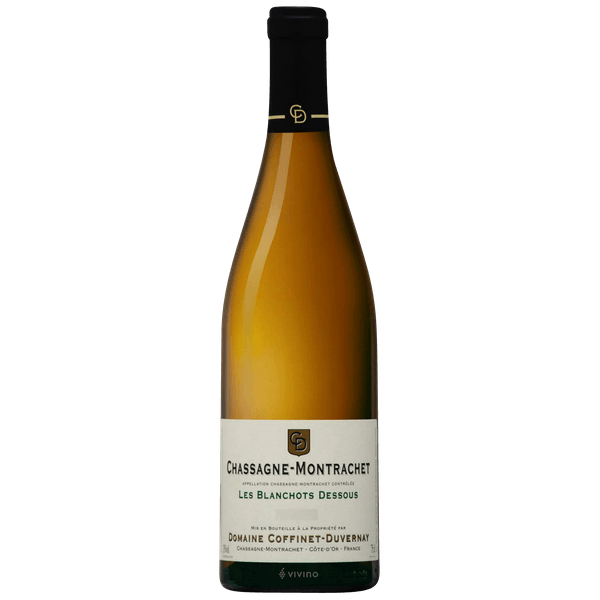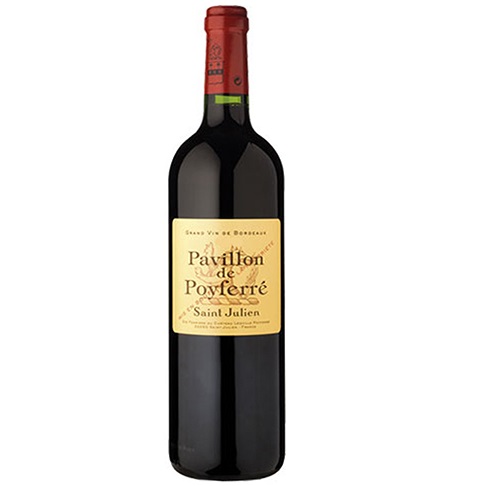-
×
 2020 Gini Soave Classico La Frosca
1 × $35.00
2020 Gini Soave Classico La Frosca
1 × $35.00
2018 Domaine Coffinet-Duvernay Chassagne-Montrachet Les
2018 Domaine Coffinet-Duvernay Chassagne-Montrachet Les This 2018 wine is textured, shot through with minerality and ripe fruits. Toast and spice give extra richness and soften the still-young acidity. The wine is still maturing, so wait to drink until 2023.
Taub Family
Taub Family Selections represents a portfolio of fine wines produced by highly-regarded winemaking families with deep, long-established roots. Our portfolio centers on true terroir-driven expressions that are benchmarks from the most heralded wine regions of the world. Each wine in our portfolio embodies not only the terroir, but the passion of each family intimately involved from the vineyard to the table. Join us in experiencing our unique, diverse and authentic fine wines.
Chardonnay
Chardonnay is the world’s most famous white-wine grape and also one of the most widely planted. Although the most highly regarded expressions of the variety are those from Burgundy and California, many high-quality examples are made in Italy, Australia, New Zealand and parts of South America.
Describing the flavors of Chardonnay is not easy. While many Chardonnay wines have high aromatic complexity, this is usually due to winemaking techniques (particularly the use of oak) rather than the variety’s intrinsic qualities. Malolactic fermentation gives distinctive buttery aromas. Fermentation and/or maturation in oak barrels contributes notes of vanilla, smoke and hints of sweet spices such as clove and cinnamon. Extended lees contact while in barrel imparts biscuity, doughy flavors. Because of this high level of winemaker involvement, Chardonnay has become known as the “”winemaker’s wine””.
The variety itself (although often said to be relatively flavor-neutral) is responsible for most of the fruity flavors found in Chardonnay wines. These range from the tropical (banana, melon, pineapple and guava) to stonefruits (peach, nectarine and apricot), citrus and apples.
Climate plays a major role in dictating which fruit flavors a Chardonnay will have. Broadly speaking, warm regions such as California, Chile and much of Australia tend to give more tropical styles. Temperate zones such as southern Burgundy or northern New Zealand create wines marked out by stonefruit notes. The very coolest Chardonnay vineyards (those in Chablis, Champagne and Germany) lean towards green-apple aromas.
Mineral descriptors such as chalk, wet stones and crushed seashells also find their way into Chardonnay tasting notes. These are sometimes attributed to the soils in the vineyard, although the relationship between soil and wine flavor has become widely exaggerated. The most famously minerally Chardonnay wines are those of Chablis, one of the very few wine regions to focus on a largely unoaked style of Chardonnay.
Although most famous for its still, dry wines, Chardonnay is used to produce an impressively diverse range of wine styles. The variety is put to use in sparkling wines all over the world (most famously Champagne), when it is usually paired with Pinot Noir. It can also be found in sweet botrytized and late-harvest wines; Canada even produces sweet Chardonnay ice wines.
Chardonnay is particularly popular with wine producers, not least because it has a reliable market of keen consumers. The variety produces relatively high yields, will grow in a broad spectrum of climates and can be made into wine of acceptable quality with relative ease. In poor vintages, deficiencies can be covered up with oak flavors, reducing the financial impact of a bad harvest.
Related products
$159.99
95 Jeb Dunnuck | 93 James Suckling | 95 Robert Parker's
Chateauneuf-du-Pape
$48.00
2020 Domaine Berthet Rayne Chateauneuf-du-Pape Rouge 2020 Domaine Berthet Rayne Chateauneuf-du-Pape Rouge Aromas of plums, cassis, and cherries presented in a medium bodied, spicy style with beautifully pure fruit, a savory mouthfeel, moderate but ripe, sweet tannin, and a long finish. VARIETAL COMPOSITION: 65% Grenache Noir, 20% Mourvèdre, 10% Cinsault, 5% Syrah. TERROIR: The estate [...]



